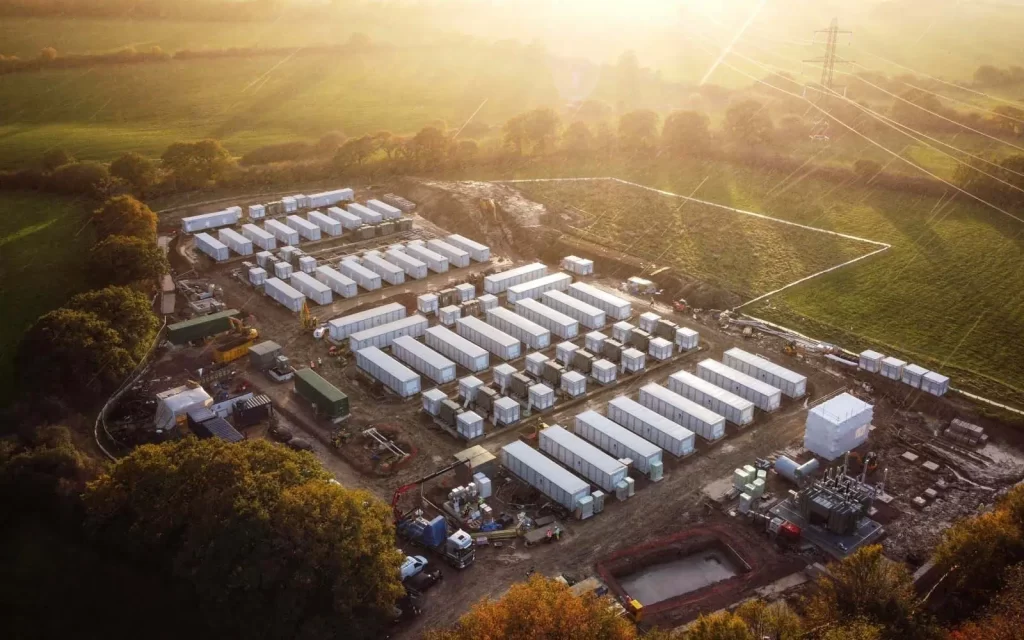Driven by the global shift towards renewable energy sources, wind farms like 1,000+ MW Jhimpir Wind Farm in Sindh, Pakistan, are playing an increasingly important role. These projects contribute significantly to Pakistan’s clean energy goals. However, integrating these variable and intermittent power sources into the national grid presents a unique challenge for protection and control engineering. Unlike traditional, constant sources of power generation, wind farms necessitate sophisticated systems to manage fluctuations in wind speed and ensure grid stability and efficient power delivery. This case study explores the challenges faced by several wind farms in Jhimpir and the comprehensive power system studies and protection setting calculations carried our to ensure the reliability and compliance with the utility standards.
Key Issues
- System evaluation under various scenarios.
- Identifying potential overloading and voltage drops.
- Determining short-circuit levels.
- Ensuring equipment resilience against fault currents.
- Improving system reliability.
- Setting protection relays accurately.
Solution
The comprehensive studies conducted for these wind farms included load flow, short-circuit, and protection coordination studies. Utilizing ETAP software, detailed single-line diagrams were created, and system performance was evaluated under different conditions. These studies determined steady-state operation and performance of transformers, busbars, cables, and conductors, addressing potential overloading and voltage drop issues. In addition to that, individual protection/relaying single-line diagrams were developed for overcurrent and earth fault relay coordination. TCC plots included marking of short-circuit levels and transformer thermal damage curves. With short-circuit levels determined at each relaying point, relay parameters were adjusted to maintain an optimal Coordination Time Interval (CTI). In the end, the device duty compliance of each device was determined to maintain the protection adequacy of the system.
Conclusion
The comprehensive studies for these wind farms ensured their safe and efficient operation. By addressing potential deficiencies and improving system reliability, these wind farms are well-positioned to contribute significantly to Pakistan’s renewable energy goals. The rigorous analysis and validation processes contributed to their seamless integration into the national grid, enhancing operational efficiency and supporting sustainable energy generation.


